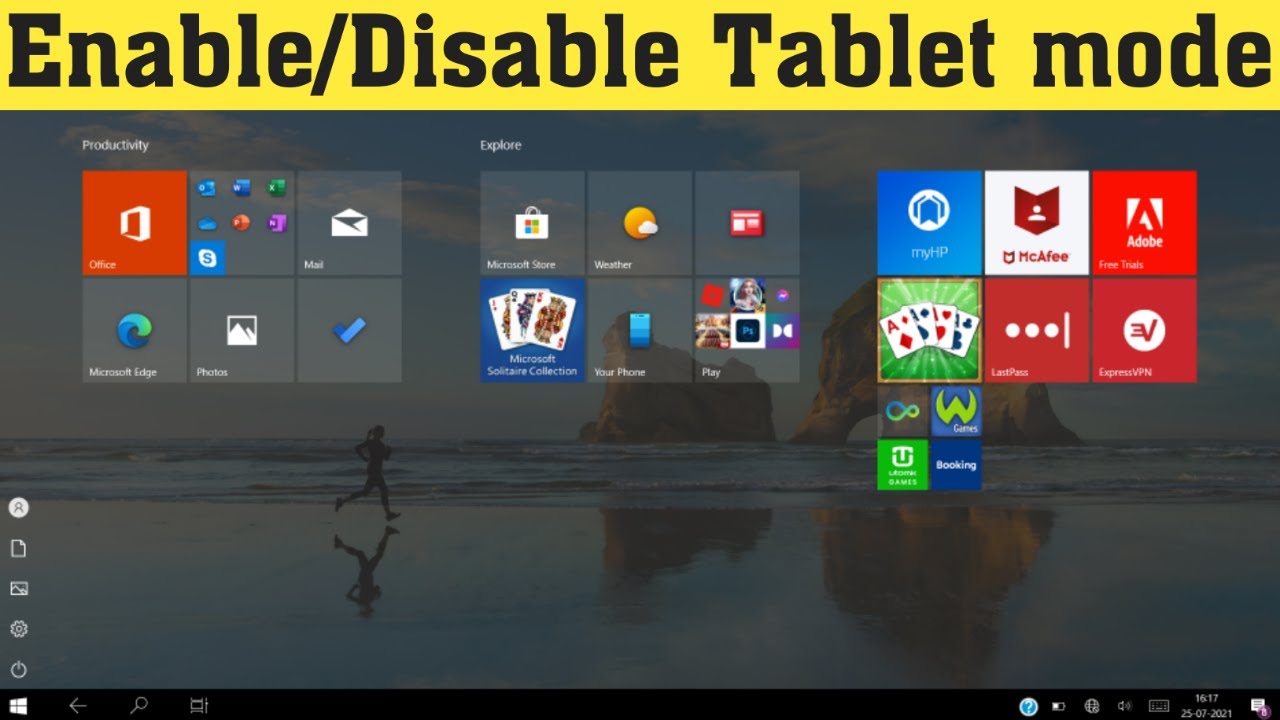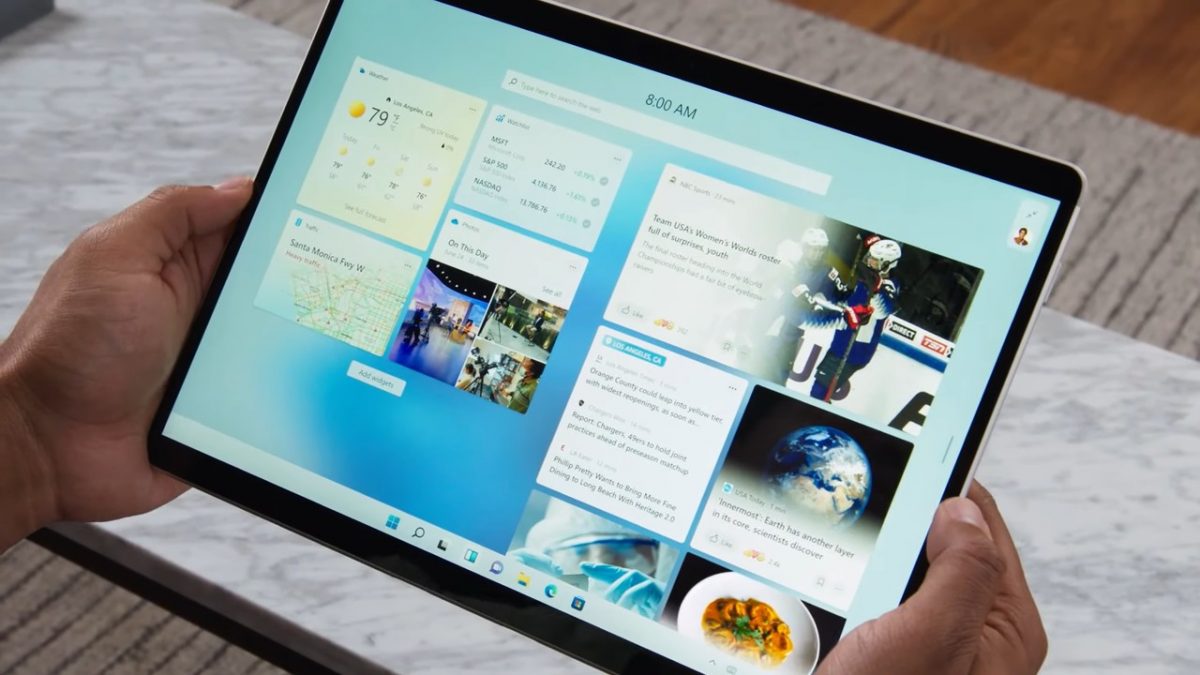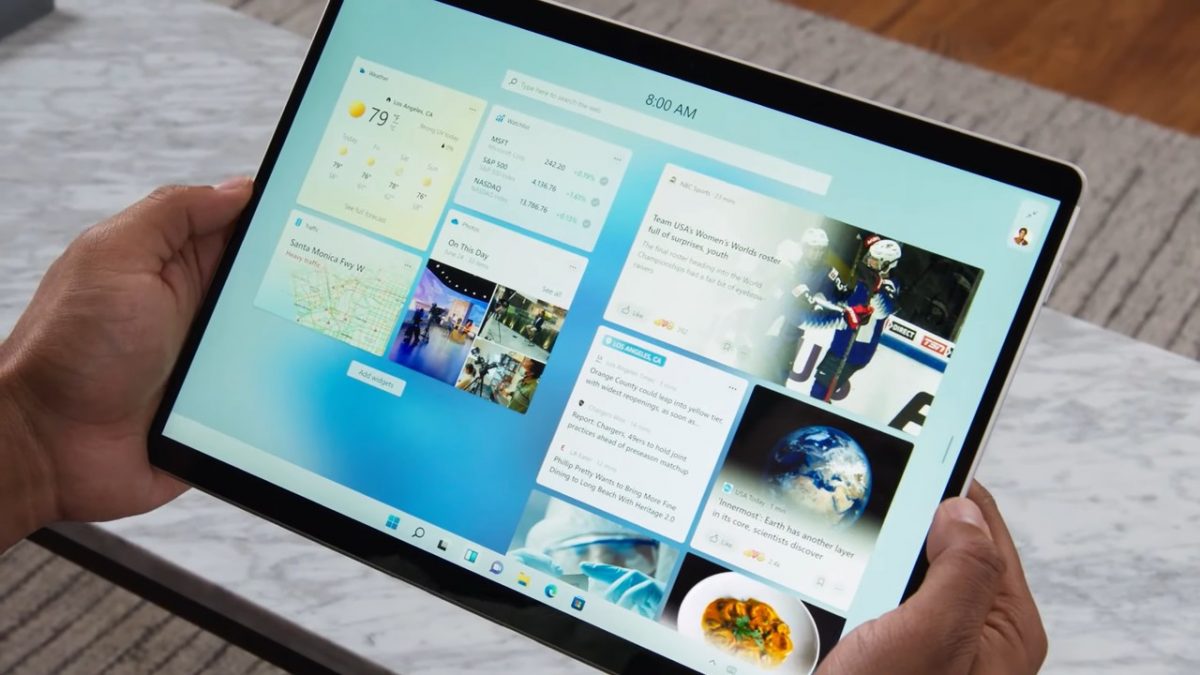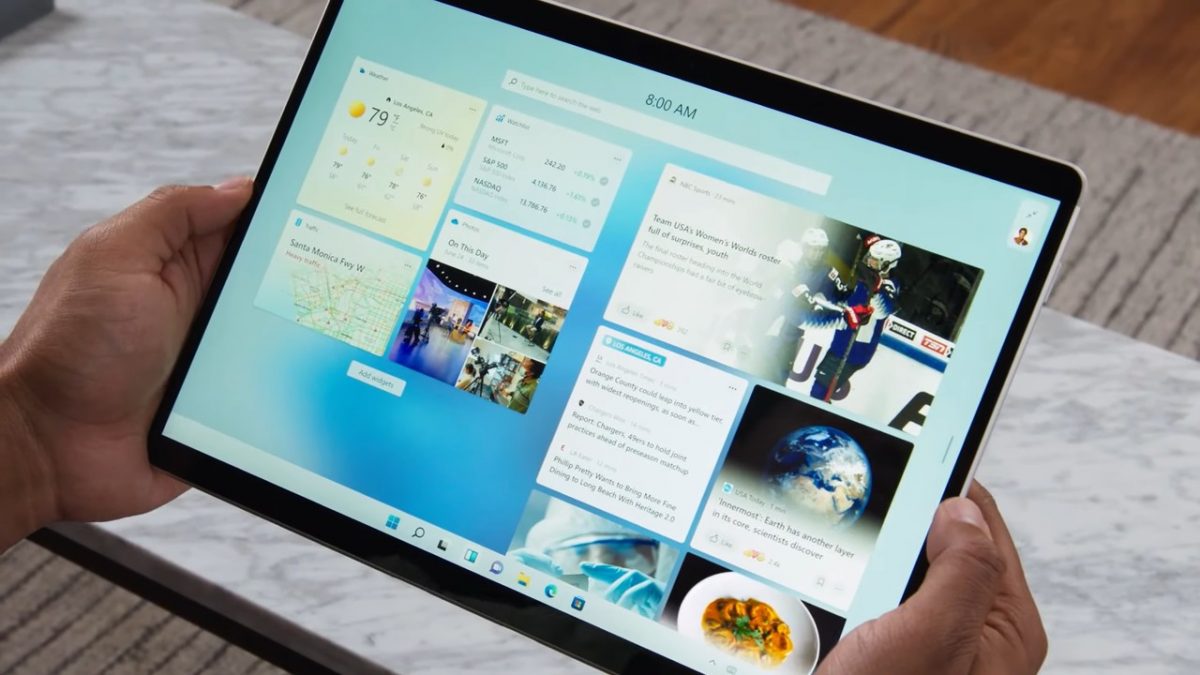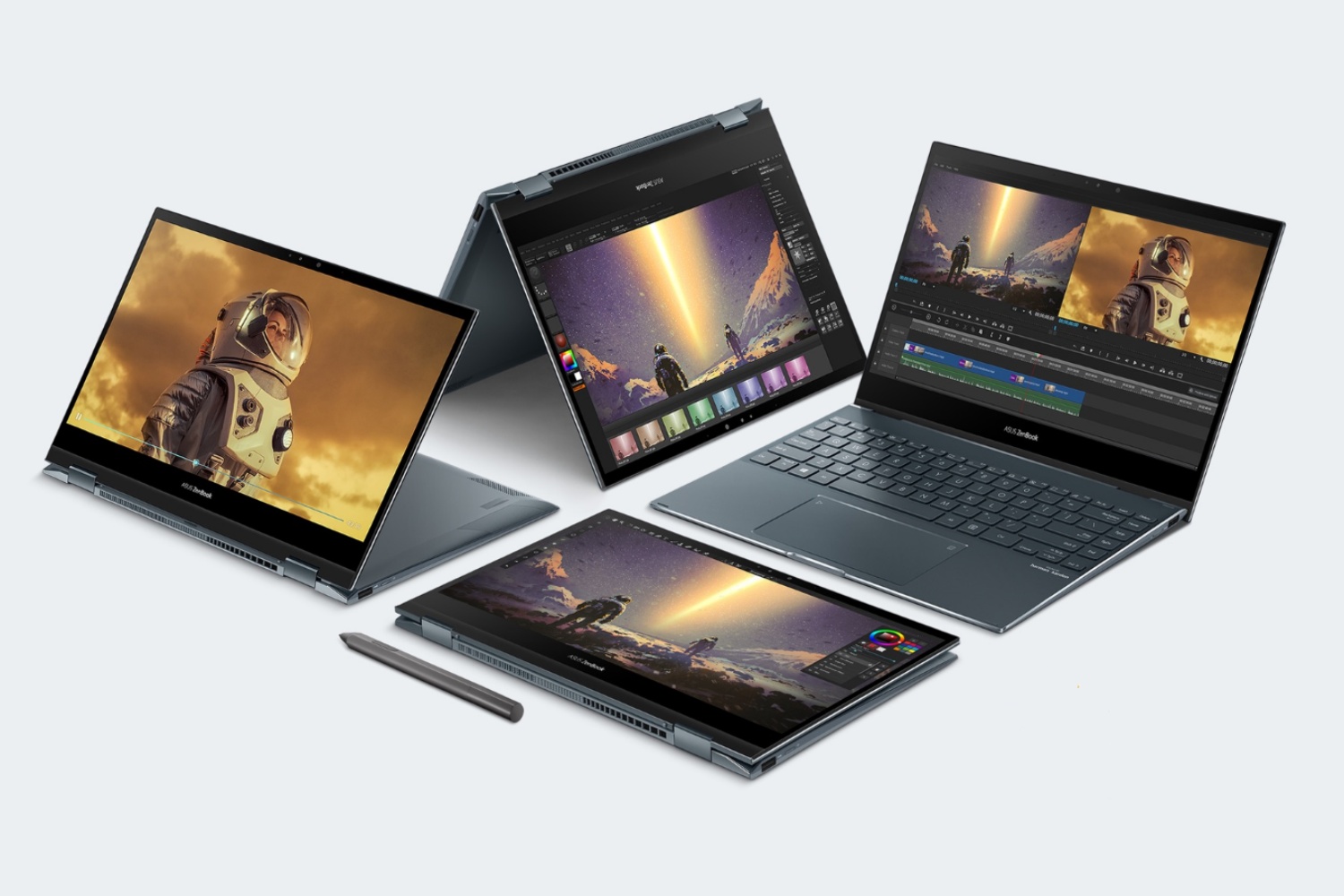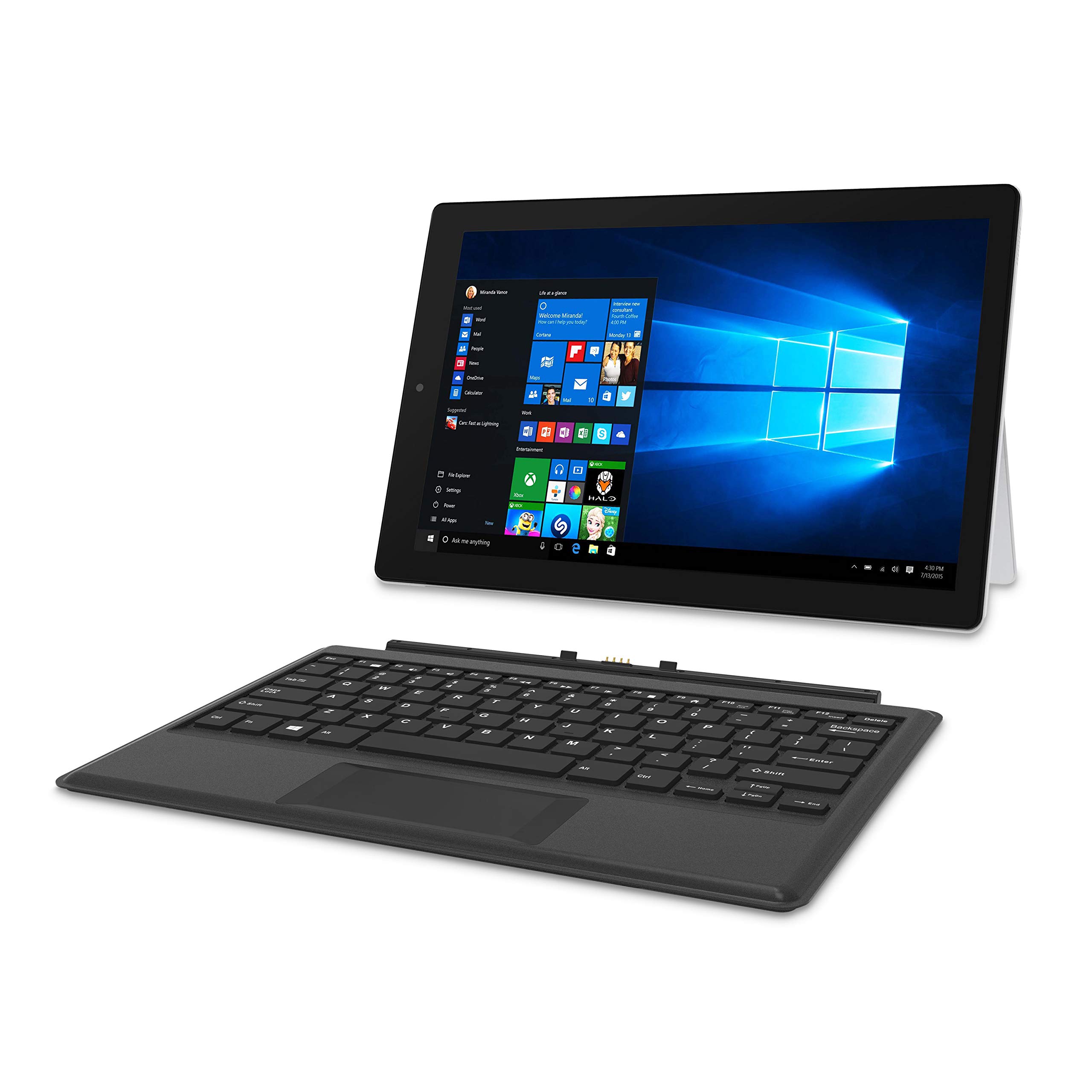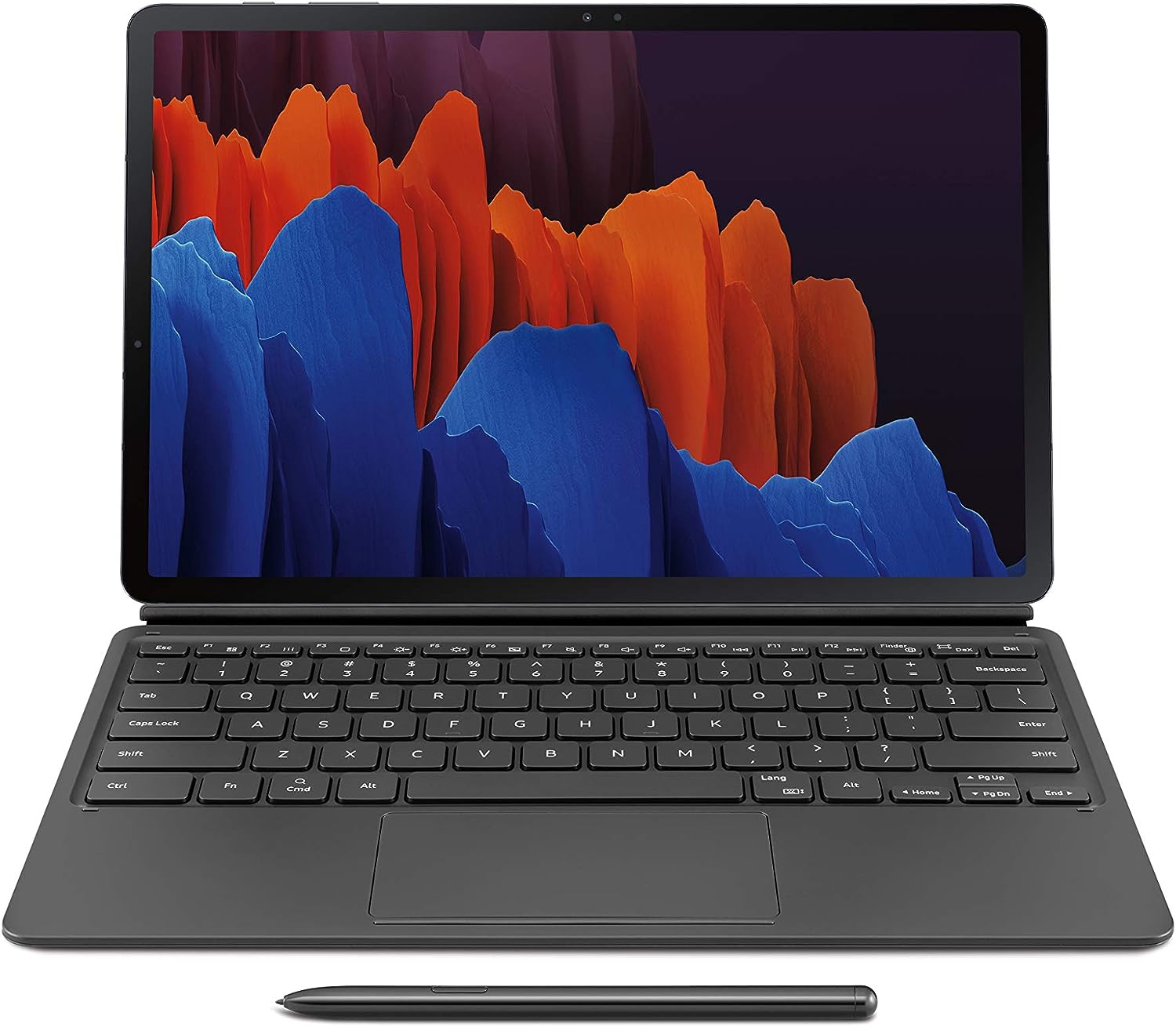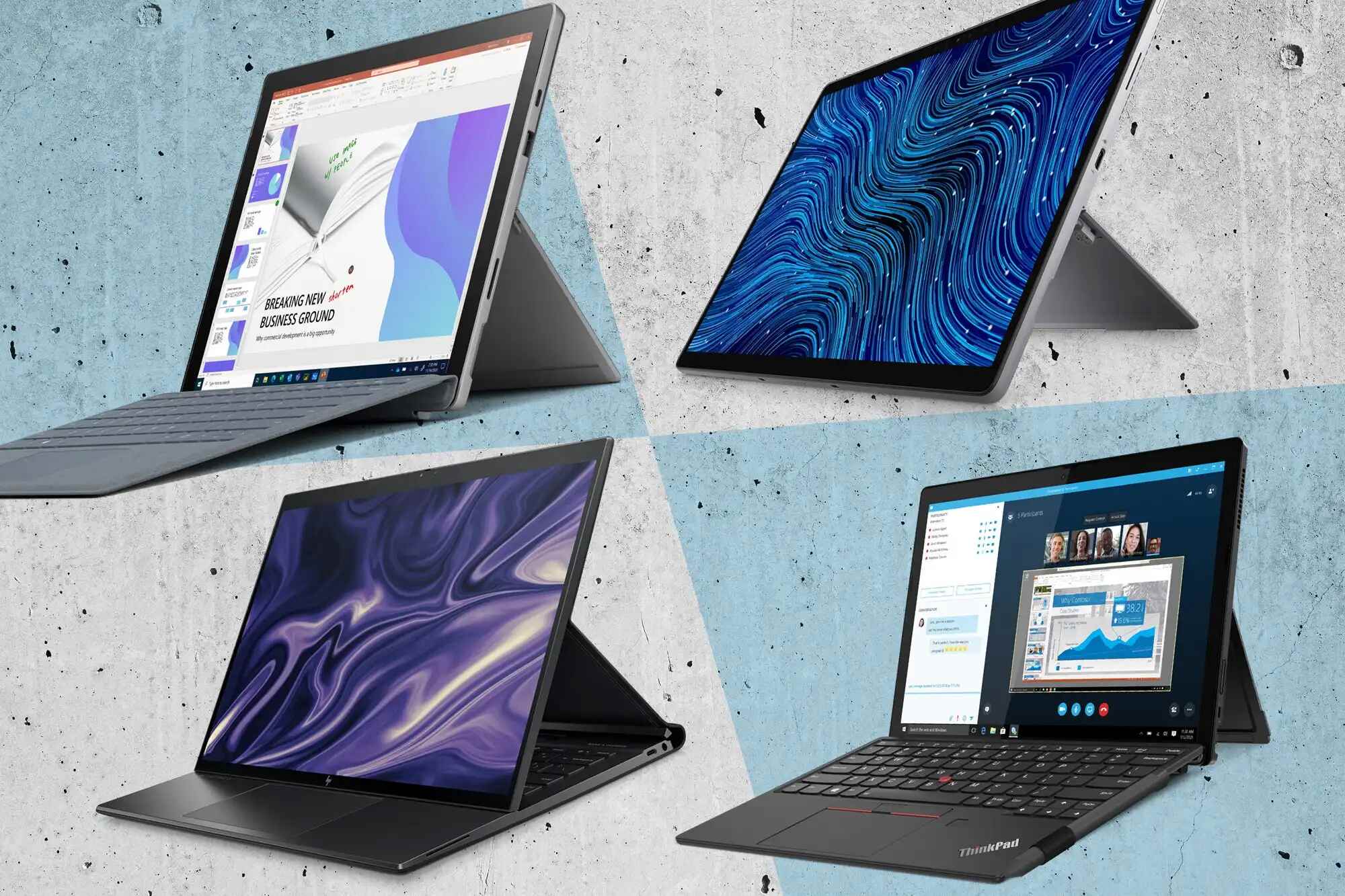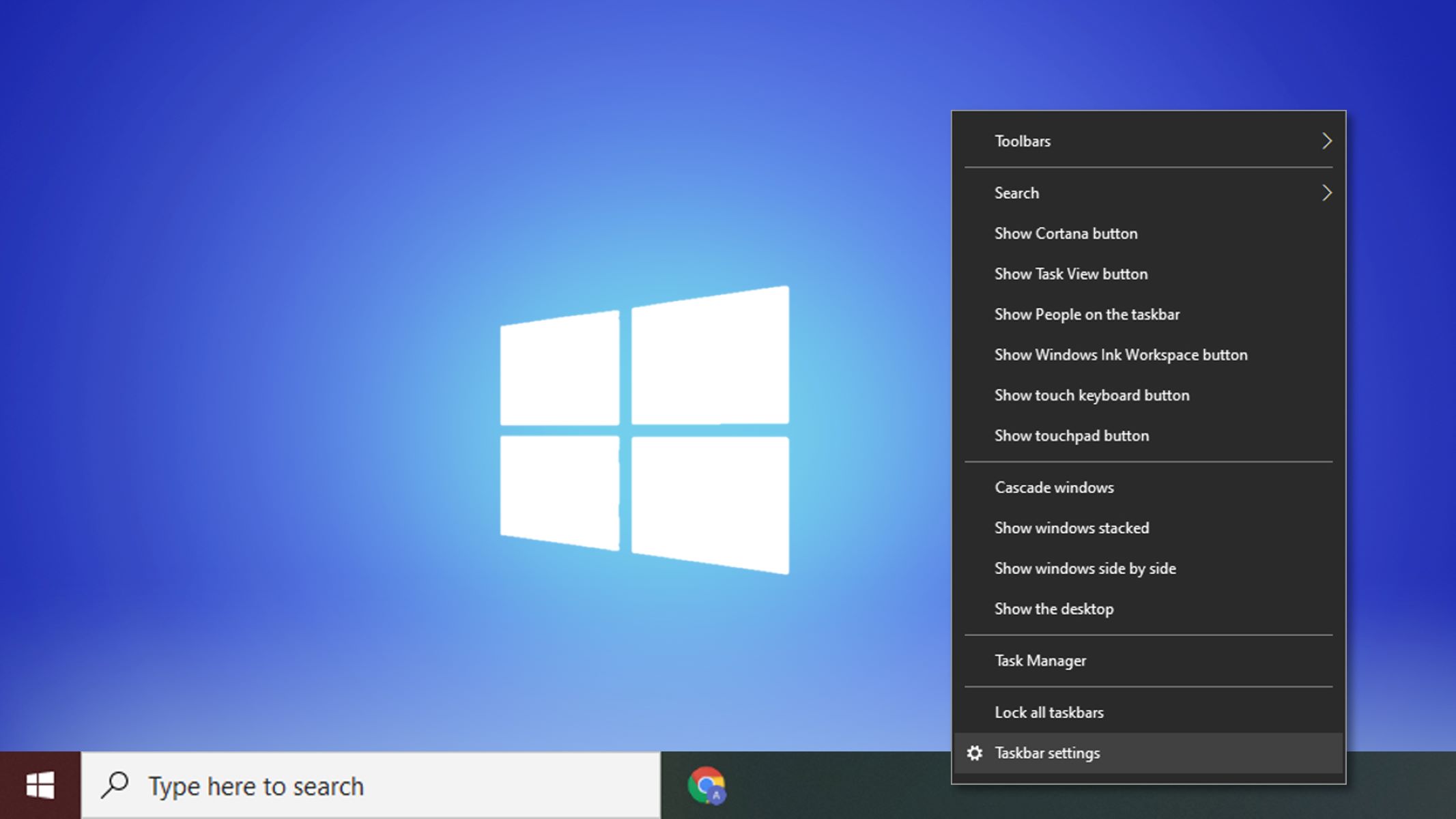Introduction
Tablet mode is a useful feature in Windows 11 that optimizes the user interface for touch-enabled devices, making it easier to navigate and interact with your device. Whether you’re using a 2-in-1 laptop, a convertible tablet, or a touchscreen monitor, activating tablet mode can enhance your Windows 11 experience and boost your productivity.
In tablet mode, your device behaves more like a tablet, with a larger, touch-friendly Start menu, bigger app icons, and full-screen app views. This makes it perfect for tasks like browsing the web, reading documents, or even playing games. Tablet mode allows you to seamlessly shift between traditional desktop mode and a tablet-like experience, providing you with flexibility and convenience.
In this article, we’ll guide you through the steps to turn on tablet mode on your Windows 11 device. Whether you’re a new Windows 11 user or are looking to customize your tablet mode settings, we have you covered. Let’s dive in and explore the world of tablet mode in Windows 11!
Step 1: Open the Settings menu
To enable tablet mode on your Windows 11 device, the first step is to open the Settings menu. There are several ways to access the Settings menu, and we’ll walk you through a couple of methods.
Method 1: Using the Start menu
The simplest way to open the Settings menu is by using the Start menu. Click on the Start button located in the bottom-left corner of the screen. This will open the Start menu, where you’ll find a variety of options. Look for the gear icon labeled “Settings” and click on it. This will launch the Settings app, giving you access to the various system settings and configurations.
Method 2: Using the keyboard shortcut
If you prefer using keyboard shortcuts, you can quickly open the Settings menu by pressing the “Windows” key and the “I” key at the same time. This will instantly open the Settings app on your Windows 11 device.
Once the Settings app is open, you’re ready to proceed to the next step.
Step 2: Go to the System category
After opening the Settings app in Windows 11, the next step is to navigate to the System category. The System category contains various settings related to the overall system configuration of your device, including tablet mode.
Here’s how to find the System category:
Method 1: Using the navigation sidebar
- On the left side of the Settings app, you’ll see a navigation sidebar. It contains a list of different categories and options.
- Scroll down the sidebar until you find the category labeled “System.” Click on it to expand the category and reveal its sub-options.
Method 2: Using the search bar
- In the top-right corner of the Settings app, you’ll find a search bar. Click on it to activate the search function.
- Type “system” in the search bar and press Enter.
- The search results will display various options related to the system settings. Look for the one labeled “System” and click on it.
Once you’ve accessed the System category, you’re one step closer to turning on tablet mode on your Windows 11 device. Let’s move on to the next step.
Step 3: Click on the Tablet Mode option
Within the System category of the Windows 11 Settings app, you’ll find the Tablet Mode option. This option allows you to activate and customize the tablet mode settings according to your preferences. Let’s explore how to access and enable tablet mode:
- Once you’re in the System category, look for the sub-option labeled “Tablet Mode” and click on it.
- A new screen will appear with several tablet mode settings and options.
- Toggle the switch labeled “Make Windows more touch-friendly when using your device as a tablet” to turn on tablet mode.
By enabling this option, you’ll experience the full benefits of tablet mode in Windows 11. Your device’s interface will transform into a touch-optimized layout, featuring larger icons, simplified controls, and full-screen app experiences.
Additionally, you’ll find a few more tablet mode customization options on the same screen:
- When I sign in: You can choose whether to use the tablet mode every time you sign in or to use the last mode you used.
- When this device automatically switches tablet mode on or off: You can configure how your device automatically switches between tablet mode and desktop mode based on device orientation or connection to a docking station.
Once you’ve adjusted these settings according to your preference, you’re ready to embrace the tablet mode experience on your Windows 11 device. Now, let’s move on to the next step to further customize your tablet mode settings.
Step 4: Customize Tablet Mode settings
After enabling tablet mode on your Windows 11 device, you have the option to further customize various tablet mode settings to enhance your user experience. Let’s explore how to access and customize these settings:
- From the Tablet Mode screen in the Settings app, look for the section labeled “Customize your device’s tablet mode experience.”
- Here, you’ll find several options to tailor your tablet mode experience, including:
- Choose which mode to use: You can select whether to use tablet mode or desktop mode when you sign in.
- Hide app icons on the taskbar in tablet mode: Toggle this switch to hide the app icons on the taskbar when in tablet mode for a cleaner, more immersive experience.
- Automatically hide the taskbar in tablet mode: Enable this option to auto-hide the taskbar in tablet mode for more screen space.
- Switch to the most recent app or window: By enabling this option, your device will automatically switch to the most recently used app or window when you tap the Task View button.
Take some time to explore these settings and customize them according to your preferences. You can always come back and adjust them later if needed.
Customizing tablet mode settings allows you to personalize your Windows 11 experience and optimize it for touch-enabled devices. Once you’ve configured the tablet mode settings to your liking, your Windows 11 device will provide a seamless and user-friendly tablet-like interface.
Now that you’ve customized your tablet mode settings, let’s move on to the next step to explore the option of automatically switching to tablet mode on your device.
Step 5: Automatically switch to Tablet Mode
If you frequently switch between tablet mode and desktop mode on your Windows 11 device, you have the option to configure automatic switching based on specific conditions. This can make the transition between modes even smoother and more convenient. Here’s how to set up automatic switching:
- From the Tablet Mode screen in the Settings app, scroll down to the section labeled “When this device automatically switches tablet mode on or off.”
- Within this section, you’ll find two options:
- Don’t ask me and always switch: Selecting this option will make your device automatically switch between tablet mode and desktop mode based on specific conditions, such as device orientation or connection to a docking station.
- Ask me before switching: Choosing this option will prompt your device to ask for your confirmation before switching to tablet mode or desktop mode.
Choose the option that best suits your needs and preferences. If you want a seamless experience, you can enable the “Don’t ask me and always switch” option. If you prefer more control over the mode switching, you can select the “Ask me before switching” option.
By setting up automatic switching, your device will adapt to your usage patterns and provide the most appropriate mode based on the conditions you’ve specified. This can save you time and effort, allowing you to focus on your tasks without worrying about manually switching modes.
Congratulations! You’ve successfully learned how to turn on tablet mode on your Windows 11 device and customize various tablet mode settings. You’re now ready to enjoy the touch-optimized interface and enhanced user experience that tablet mode provides.
Remember, you can always revisit the Settings app to make further adjustments to the tablet mode settings based on your preferences and workflow.
Enjoy exploring the features and capabilities of Windows 11 in tablet mode, and make the most of your touch-enabled device!
Conclusion
Tablet mode in Windows 11 offers a seamless and user-friendly experience for touch-enabled devices. By following the steps outlined in this guide, you can easily enable tablet mode and customize its settings to suit your preferences.
Opening the Settings menu, navigating to the System category, and clicking on the Tablet Mode option are the initial steps to activate tablet mode. From there, you can further customize the tablet mode settings to enhance your user experience. Whether it’s choosing the default mode, hiding app icons on the taskbar, or automatically hiding the taskbar, you have the flexibility to tailor tablet mode to your liking.
For those who frequently switch between tablet mode and desktop mode, configuring automatic switching can make the transition even smoother. By enabling this feature, your device will intelligently switch modes based on specific conditions, offering you a more seamless and efficient workflow.
Windows 11’s tablet mode is designed to optimize your touch-enabled device, allowing for effortless navigation and interaction. Whether you’re using a 2-in-1 laptop, a convertible tablet, or a touchscreen monitor, tablet mode provides a touch-friendly interface, larger icons, and full-screen app experiences.
So, take advantage of tablet mode in Windows 11 and discover the joy of using your device in a more intuitive and immersive way. Customize your tablet mode settings to create a personalized experience that best suits your needs. With tablet mode enabled, you’ll be able to browse the web, read documents, play games, and perform various tasks with ease.
Embrace the benefits of tablet mode in Windows 11 and unlock a whole new level of productivity and enjoyment on your touch-enabled device.







